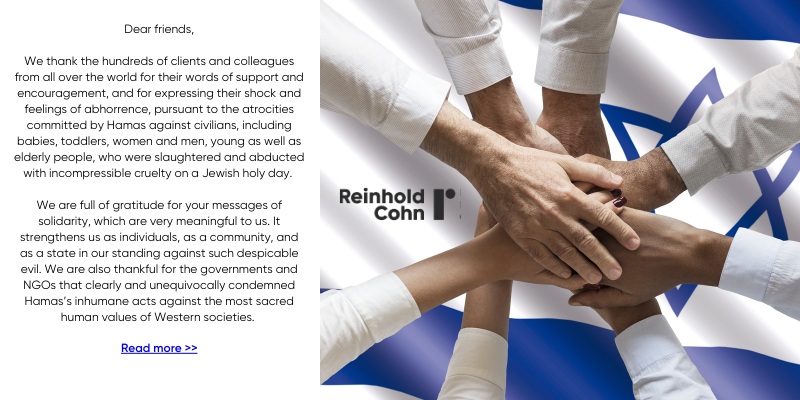Highlights from the IP5’s Annual Report on Patents
Styled the IP5, the world’s five largest patent offices – the European Patent Office (EPO), the United States Patent and Trademark Office (USPTO), the Japan Patent Office (JPO), the Korean Intellectual Property Office (KIPO), and the State Intellectual Property Office of the People’s Republic of China (SIPO) – come together on an annual basis to compile a detailed report on patent statistics from their collective jurisdictions. Comprising 89% of all patent applications and 90% of registered patents worldwide, the report provides valuable insight into the state of patent protection on a global scale.
This article highlights some of the noteworthy information from the IP5’s most-recent report, which was issued in December 2014 and contains data for 2012 and 2013. You can download the full report from the IP5’s website.
Patent Application Statistics
Worldwide, patent applications have seen a steady increase year-over-year. In 2013, the IP5 received 2.1 million patent applications, representing an eleven percent (11%) increase from 2012. The IP5 granted nearly one million patents – a four percent (4%) increase from 2012. Contrast this with the data from ten years ago, when the IP5 received just 1.4 million applications.
Of the total filings with the IP5, more than half are sent to the USPTO and SIPO, while nearly half of all applications originated from China or Japan in 2012. The IP5 received just over 150,000 applications from countries outside of their jurisdictions worldwide. China saw the greatest year-over-year increase, increasing its number of filings by 28% from 2011 to 2012.
Patented Technologies
While the number of patent families (applications filed in more than one IP5 jurisdiction) also continues to rise, interestingly, we do see some variations between the technologies most-frequently patented in different geographic areas. For example, nearly half of all applications filed with the USPTO were for electrical engineering patents. Telecommunications, digital communication and computer technology applications were the most frequently filed. This also appeared to be the general trend worldwide.
However, the electrical engineering categories represented just a quarter of the filings in Japan, where chemistry patent applications were predominant (thirty percent (30%)). Instruments and mechanical engineering tended to be the less-popular categories, with “other” technologies (such as furniture and games) representing just six percent (6%) to eleven percent (11%) of applications across all jurisdictions.
Takeaways for Patent Applicants
These statistics shed light on some important lessons that can be gleaned from the IP5’s report:
- The patent application process is consistently becoming more and more competitive as application numbers climb across the globe.
- As a result of these increasing numbers, the IP5 offices are looking for ways to reduce the length of the examination process. The JPO and KIPO both reduced their initial examination periods in 2013, and the USPTO continues to promote its Track One prioritized examination process.
- As one would expect, digital and Internet-related technologies continue to be at the forefront of innovation.
Speak with a Patent Attorney at Reinhold Cohn Group
Reinhold Cohn Group attorneys prosecute patent applications in Israel and worldwide. Read about our patent practice to learn more.
This article is provided for general information only. It is not intended as legal advice or opinion and cannot be relied upon as such. Advice on specific matters may be provided by our group’s attorneys.
